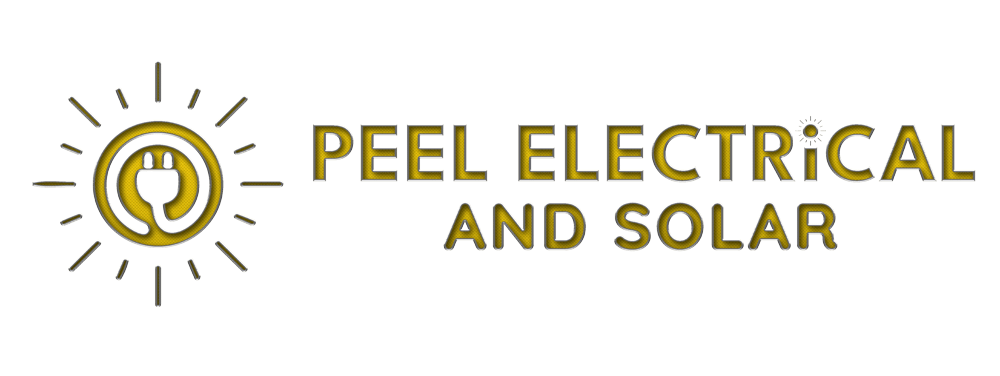There are several types of solar power systems, each designed to meet different needs and circumstances. Some common types include:
Grid-Tied Solar Power Systems
Off-Grid Solar Power Systems
Hybrid Solar Power Systems
Portable Solar Power Systems
Concentrated Solar Power (CSP) Systems
Grid-Tied Solar Power Systems
These systems are connected to the local utility grid.
They generate electricity from solar panels and feed excess power back into the grid.
Ideal for residential and commercial properties looking to reduce electricity bills and earn credits through net metering.
Benefits:
Relatively affordable and easy to install.
Connects seamlessly to the existing power grid.
Generate clean energy during the day and use grid power at night.
Sell excess power back to the utility company (net metering).
Disadvantages:
Dependency on the utility grid for electricity
Shutdown during grid failures or emergencies
Limited suitability for remote areas without grid access
Off-Grid Solar Power Systems
Off-grid systems are standalone setups that operate independently of the utility grid.
They typically include solar panels, batteries for energy storage, and inverters to convert DC power to AC power.
Suited for remote locations or areas with unreliable grid access, providing electricity where traditional power sources are unavailable.
Benefits:
Offers complete energy independence, ideal for remote locations.
Be your own power source and minimize environmental footprint.
Live a truly sustainable lifestyle.
Disadvantages:
Higher initial investment compared to grid-tied systems.
Requires robust battery bank and well-designed system for sufficient storage.
More hands-on approach to managing energy usage.
Hybrid Solar Power Systems
Hybrid systems combine elements of grid-tied and off-grid systems.
They incorporate battery storage to store excess solar energy for use during periods of low sunlight or power outages.
Offer flexibility and resilience, allowing users to maximize self-consumption and reduce reliance on the grid.
Benefits:
Combines the benefits of grid-tied and off-grid systems, allowing for energy independence, cost savings, and backup power.
Enables storing excess energy for use during blackouts, providing peace of mind.
You can sell excess power back to the grid and also have power during an outage.
Disadvantages:
More expensive upfront cost due to the addition of batteries and more complex system configurations.
Like off-grid systems, the need for battery maintenance adds long-term responsibilities and costs.
Portable Solar Power Systems
These systems are compact and lightweight, designed for mobility and temporary power needs.
Often used for camping, RVs, outdoor events, and emergency backup power.
Typically include foldable solar panels, portable battery packs, and built-in inverters for convenient use on the go.
Benefits:
Compact and versatile, perfect for outdoor enthusiasts and campers.
Charge phones, laptops, or other small devices.
Relatively inexpensive, lightweight, and easy to use.
Disadvantages:
Limited electricity generation due to size.
Not suitable for powering an entire house.
Concentrated Solar Power (CSP) Systems
CSP systems use mirrors or lenses to concentrate sunlight onto a small area, generating heat to produce electricity.
Common technologies include parabolic troughs, solar power towers, and dish systems.
Often deployed in large-scale utility projects to generate electricity for the grid.
Benefits:
Suitable for large-scale power generation, capable of powering entire communities or contributing significantly to the grid.
Can store thermal energy efficiently, allowing for power generation even when the sun is not shining.
Particularly efficient in hot, sunny climates where they can produce a significant amount of electricity.
Disadvantages:
Large upfront costs due to complex technology and extensive infrastructure required.
Best suited for areas with high direct sunlight, limiting their viability to specific regions.
While clean, they require a considerable amount of land, which could impact local ecosystems.
